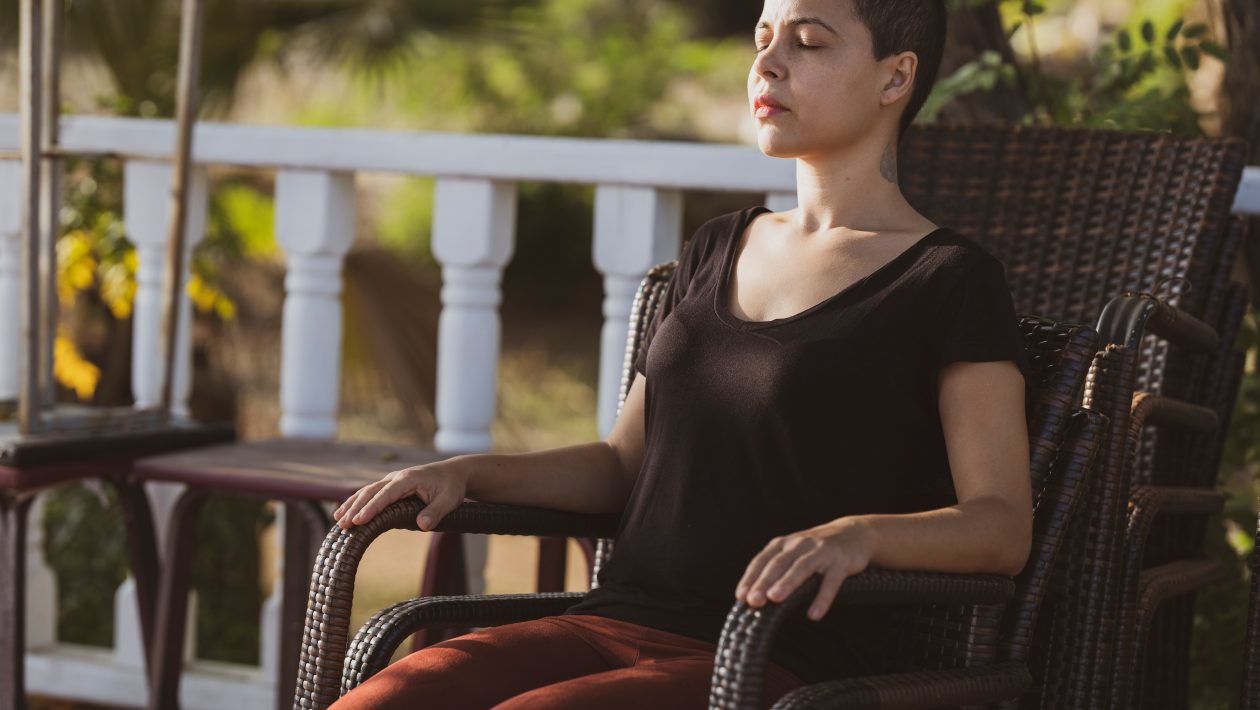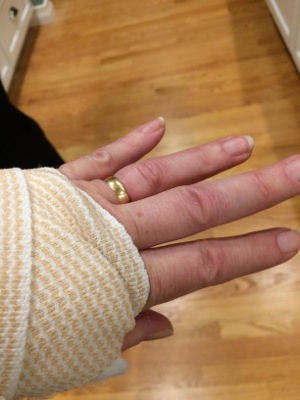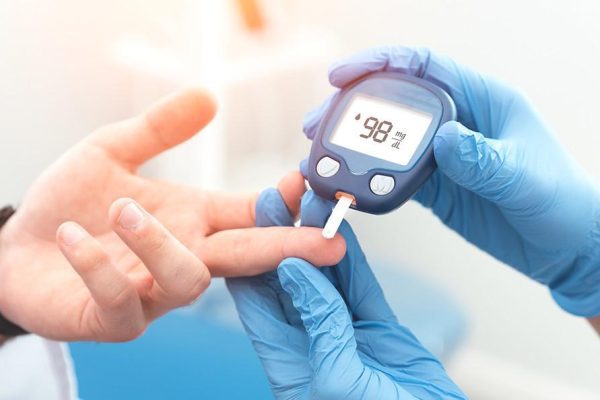When discussing non-traditional and non-toxic alternative cancer treatments, most people use the terms alternative and complementary interchangeably, believing they are the same. All non-conventional approaches to cancer treatment are known collectively as CAM or complementary and alternative medicine.
One thing people interested in these therapies need to get right is the fact that alternative and complementary are two distinct cancer treatment strategies. Alternative cancer treatments are used and promoted instead of standard cancer treatments.
On the other hand, complementary therapies are performed in addition to or alongside radiation therapy, chemotherapy, or surgery. Complementary therapies also help patients manage the stresses and side effects of conventional cancer treatments.
In some instances, oncologists will personally recommend specific complementary therapies to go with conventional treatments. This approach is commonly referred to as integrative medicine, a holistic approach to cancer care that merges traditional methods with effective and safe CAM practices.
CAM encompasses a vast array of approaches, from nutritional supplements and herbal medicine to non-standard medical methods such as acupuncture, music therapy, visualization, and aromatherapy, to name a few.
Why Do Most Cancer Patients Turn to CAM Treatments? Let’s Examine Some of the Reasons
Cancer patients will stop at nothing to overcome the dreaded disease. While chemotherapy, radiation therapy, and surgery are considered the top three cancer treatments of choice, many patients are concerned about the long-term and life-changing effects of these traditional methods.

As a result, more and more patients are looking for less toxic alternatives nowadays, and many of them are resorting to complementary and alternative treatment approaches.
If you are considering CAM but unsure if it’s right for you, it is ideal that you check with your doctor. The following information might also help you make an educated decision:
CAM treatments are non-toxic and natural alternatives to traditional cancer cures.
Therapies can be an unpleasant experience for many people with cancer. Conventional treatments such as radiation therapy and chemotherapy can make people very weak after and can lead to other immensely stressful side effects such as anxiety, nausea, and sleeping problems.
Complementary and alternative therapies are considered “natural” cancer cures since they are believed to be less toxic than traditional remedies. Cancer patients who don’t want to experience many of the side effects of conventional cancer treatments often opt for alternative methods.
Others add a complementary therapy or two to their radiation or chemotherapy to ease the discomforts and aches they experience following a treatment session. What makes CAM treatments attractive to a lot of patients is their focus on preventing the disease and boosting the immune system.
Unlike conventional medicine that’s only given when the individual is already sick and diagnosed with the condition, CAM treatments focus primarily on taking proactive preventative measures to prevent the occurrence of the disease.


CAM practitioners provide much-needed emotional and mental support.
Patients who use and support non-traditional treatment alternatives reveal that CAM therapies give them the much needed mental and emotional support to stay hopeful and positive.
Most cancer patients that go to hospitals for treatment often get a few minutes with their doctors. From there, they are often shuffled from one room to another for various tests and procedures. Most patients don’t have the luxury of spending extra time with their physicians, as they mostly have a packed schedule.
On the other hand, CAM has a unique care philosophy where patients get more quality one-on-one time with their practitioners. With CAM’s emphasis on holistic care, patients who are given these unconventional therapies receive more time and attention from their care providers.
The talks, touches, interaction, and time cancer patients get from their therapists have greatly helped them through various hurdles and stresses that come with the diagnosis and the treatment interventions.

CAM remedies provide more holistic healing.
Stress can be a huge factor in the survival and recovery of most cancer patients. A recent study revealed that cancer patients who go through elevated stress levels during treatment have a 32% less chance of surviving the condition. This reinforces the theory that stress is linked to tumor growth in some cancer patients.
CAM practices are built on the idea that cancer treatments should involve more than killing malignant cells in the body. It also entails providing cancer patients with beneficial emotional, mental, and spiritual support.
Simply put, CAM is a unique approach that uses the mind and body to promote more holistic healing. Some of the most popular CAM treatments include the following:
Talking therapies
This gives cancer patients an avenue where they can open up and freely share their emotions. These therapies can be group sessions or one-on-one sessions with a counselor where they come together, share their experiences, and support each other.
Many patients are using CAM to address their emotional, mental, and spiritual health. Some of these unconventional methods are lauded for minimizing the side effects and helping cancer patients cope with their treatment.
Touch therapies
Touch therapies like massage, reflexology, and acupuncture can help relieve and alleviate physical discomfort and pain.
Lifestyle approaches
Lifestyle approaches aim to enhance the physical well-being of cancer patients by integrating specific lifestyle changes like regular exercise and a healthy diet into their day-to-day routine.
Mind and body therapies
Common examples of mind and body therapies include hypnosis, yoga, and meditation. Mind and body therapies can help cancer patients manage stress and improve their mental state.


Complementary and Alternative Medicine: Is It Right for You?
Since CAM encompasses a vast array of practices, it’s often difficult to gauge which ones work and which ones don’t. While some methods like talking therapies and lifestyle approaches are regarded as safe, the same cannot be said for all the approaches.
Some CAM therapies have undergone careful and extensive evaluation and have been found to be effective and safe. However, very little is known about certain CAM practices, which means more extensive studies and medical trials are needed to confirm their efficacy.
Conclusion
Opting for CAM is a decision the patient alone will make. Patients also have the option to reject or accept mainstream treatments and take the alternative route. They can also combine complementary and conventional cures if they want.
Lastly, consider it best to speak with your doctor about your options. While doctors cannot make patients accept or discard treatments against their will, they can help educate patients and warn them of possible contraindications of some CAM practices on their standard treatment.





